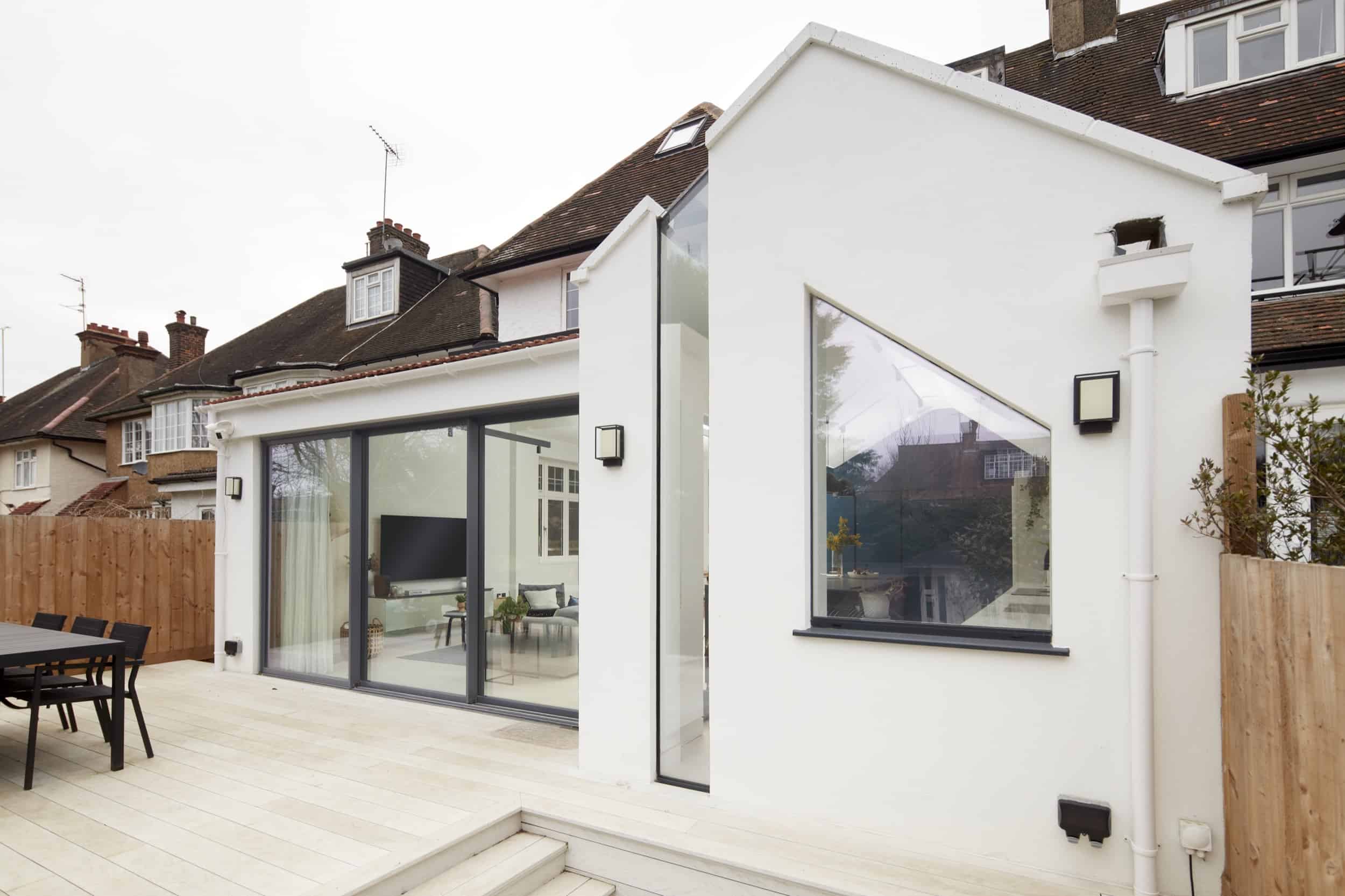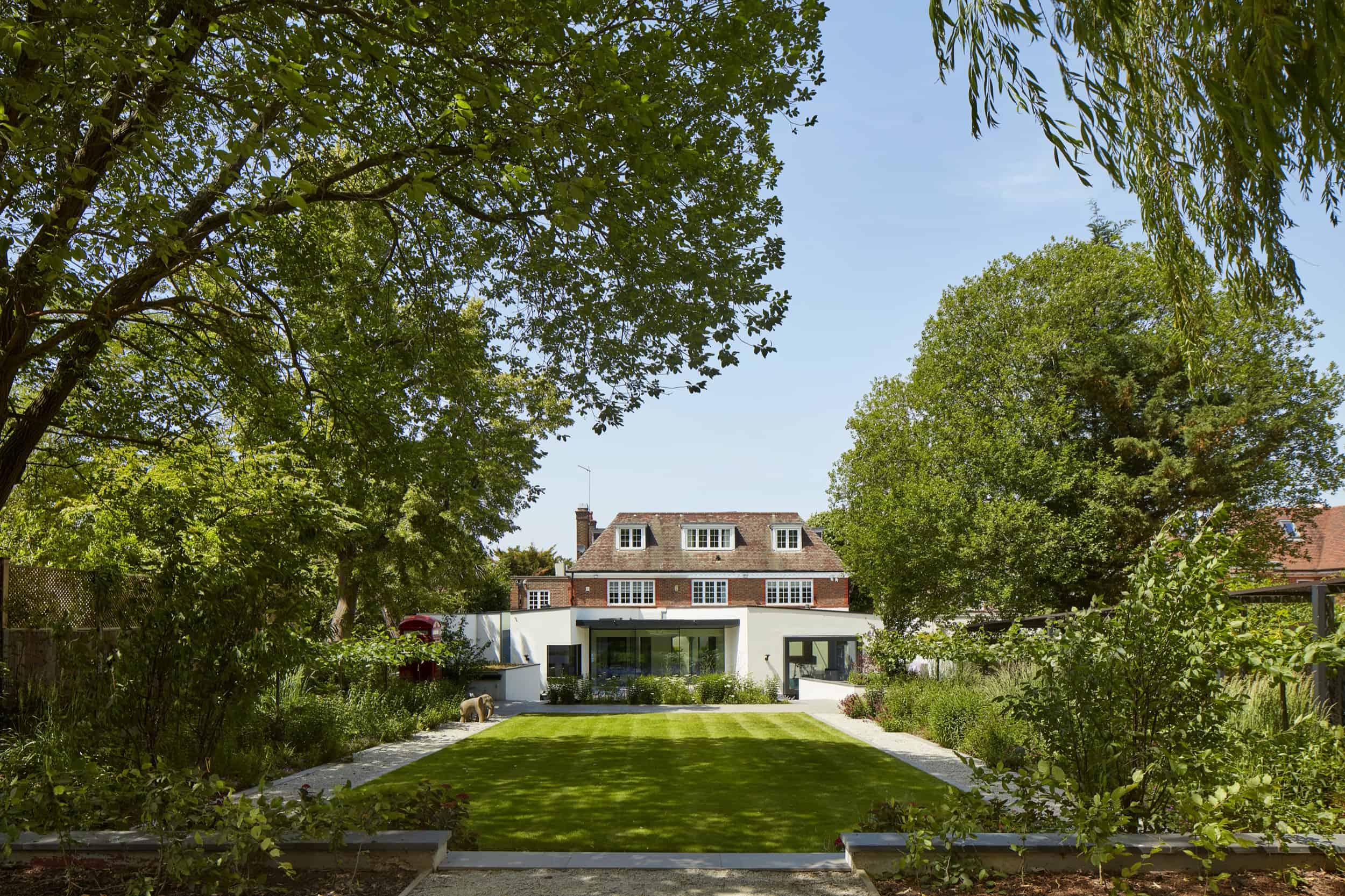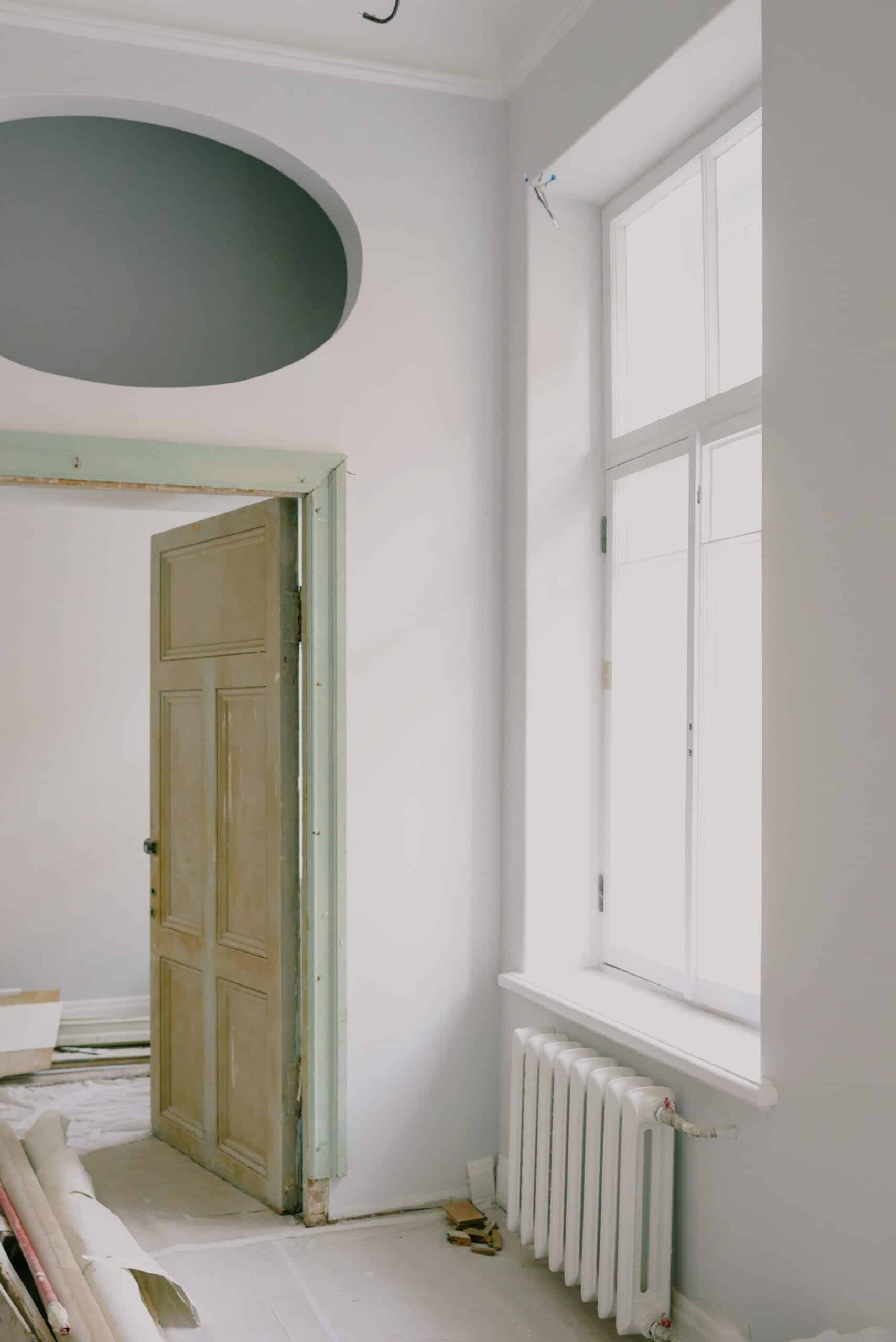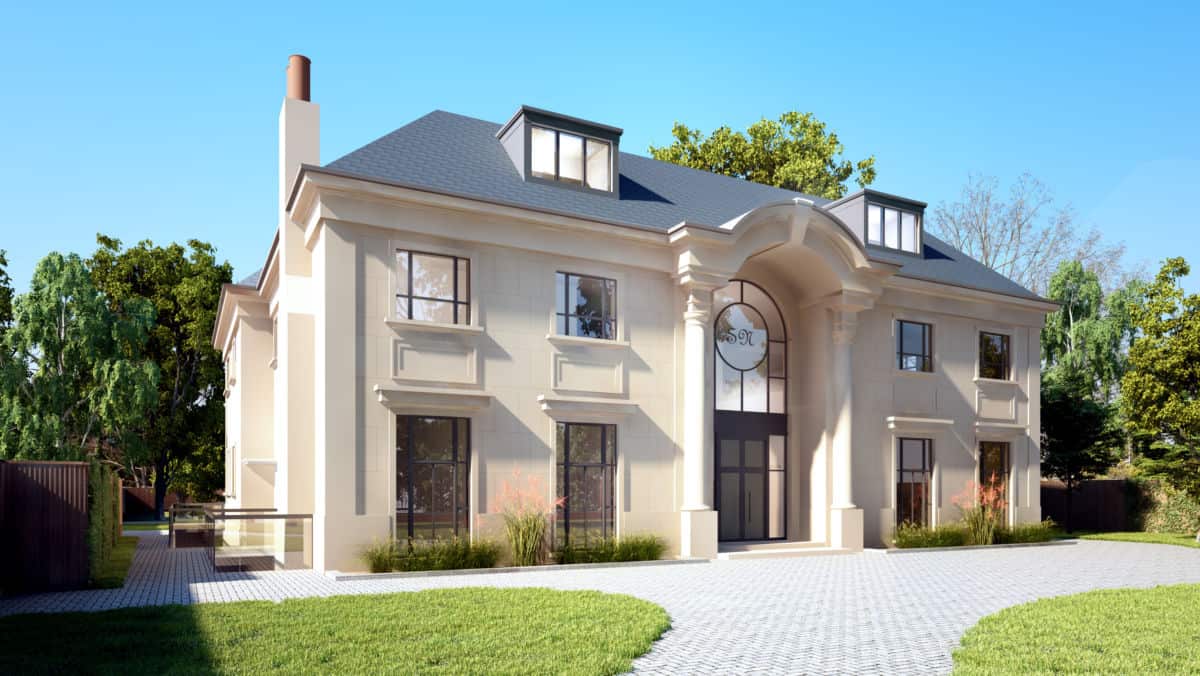Can you renovate my home to Enerphit standards?

Renovating a home to Enerphit standards is a challenging but rewarding endeavour that calls for meticulous planning, architectural expertise, and a keen eye for detail. As architects specialising in Enerphit standards, we are well-equipped to help our clients transform their living spaces into comfortable, energy-efficient, and healthy homes. In this article, we delve into the essence of Enerphit standards, why they matter, and how we facilitate our clients in meeting these criteria.
What are Enerphit standards?
Enerphit standards are a specialized building energy performance metric formulated by the Passivhaus Institute. They serve as a retrofit adaptation of the Passivhaus standard, a comprehensive framework emphasizing energy efficiency, comfort, and superior indoor air quality. Enerphit standards are geared towards elevating the energy performance of existing structures, and although they share foundational principles with Passivhaus, they cater to the unique challenges of retrofitting older buildings.
Enerphit standards stipulate specific energy performance criteria such as a maximum space heating demand of 25 kWh/m²/yr, a maximum primary energy consumption of 120 kWh/m²/yr, and a stringent airtightness limit of 1.0 air changes per hour at 50 Pascals (ACH50). Moreover, these standards necessitate evaluation on indoor air quality and thermal comfort metrics.
Why are Enerphit standards important?
The relevance of Enerphit standards in combatting climate change is undeniable. A considerable portion of global greenhouse gas emissions emanate from residential spaces, particularly older buildings that are poorly insulated.
Enerphit standards serve as a vital tool for reducing such emissions. Implementing Enerphit standards not only aids in environmental conservation but also lowers energy bills, elevates living comfort, and augments property value. Addressing issues like thermal bridging, air leakage, and moisture problems, which otherwise may lead to long-term deterioration, is another significant advantage of adopting Enerphit standards.
How can we help our clients achieve Enerphit standards?
As architects specializing in Enerphit standards, we delineate a structured approach to assist our clients in achieving these stringent criteria:
Assess the existing building
A comprehensive evaluation is the starting point for any retrofit aimed at achieving Enerphit standards. This usually involves an energy audit, scrutinising the building envelope and mechanical systems, and identifying areas that require insulation or air sealing.
Develop a retrofit strategy
Based on this assessment, a tailor-made strategy is designed to meet the Enerphit standards. This could range from upgrading insulation and windows to revamping ventilation and heating systems.
Design for airtightness
Enerphit standards demand high airtightness levels, which can be a challenge in older buildings. We guide our clients in selecting materials that enhance airtightness, like air barriers and vapour barriers.
Select materials and products carefully
Achieving Enerphit standards necessitates the use of top-grade building materials and fittings, such as high R-value insulation and low U-factor windows and doors.
Incorporate renewable energy sources
Depending on client preferences and budget, we may incorporate renewable energy options like solar panels or heat pumps to further meet Enerphit standards.
Monitor and verify performance
Post-retrofit, we validate that the building meets Enerphit standards through air leakage tests, energy consumption measurements, and indoor air quality evaluations.
Benefits of achieving Enerphit standards
There are a number of clear benefits to adapting your home to meet Enerphit standards, which might include:
Lower energy bills
If you reduce your energy consumption in the home, you will start to see the impact filtering down into your energy bills, helping you save money over time.
Improved comfort
Enerphit standards can improve the thermal comfort of a home, so you will feel less drafts and temperature fluctuations throughout the day.
Better indoor air quality
Enerphit standards require mechanical ventilation, which can improve the indoor atmosphere by reducing harmful pollutants and allergens.
Increased home value
Homes that meet Enerphit standards may be more attractive to potential buyers and can often command higher resale values.
Environmental benefits
If you’re worried about your eco footprint, Enerphit standards don’t only benefit you – the changes you make are also going some way to help reduce greenhouse gas emissions and mitigate climate change in the long term.
At XUL Architecture, we can help you to work out how to adapt your home to meet Enerphit standards and the most efficient ways to do so. If the thought of a retrofit strategy starts to make you feel a little overwhelmed, we will cut through the jargon and develop a solution that matches your needs and suits your budget.











